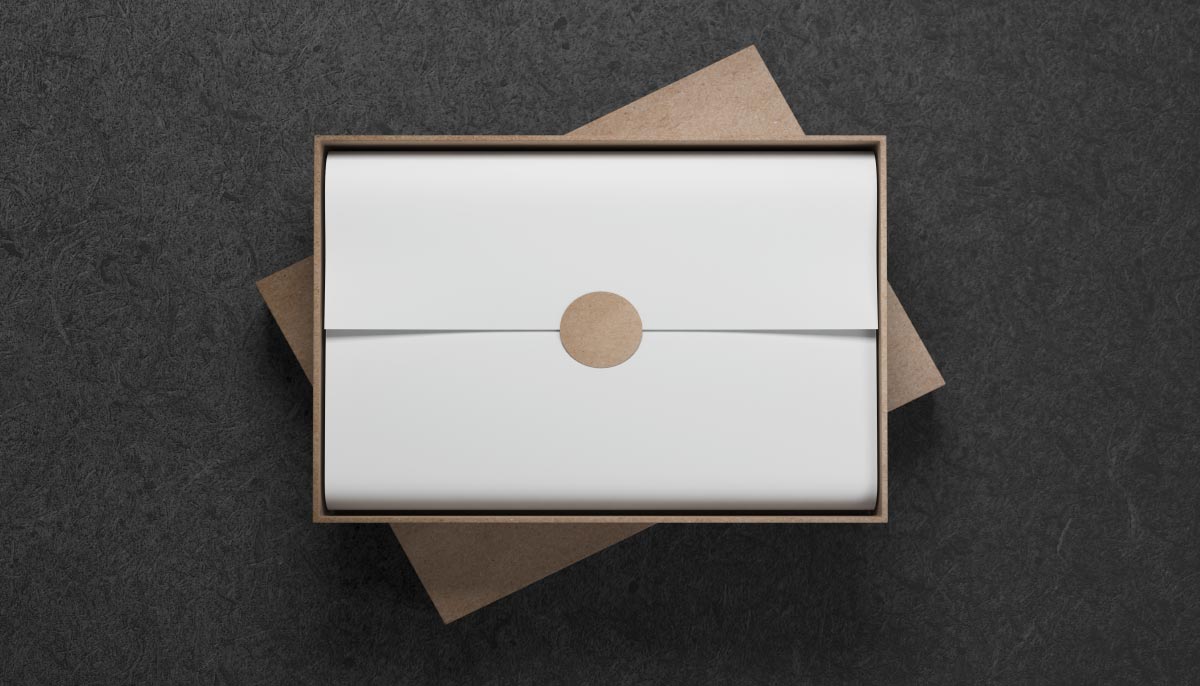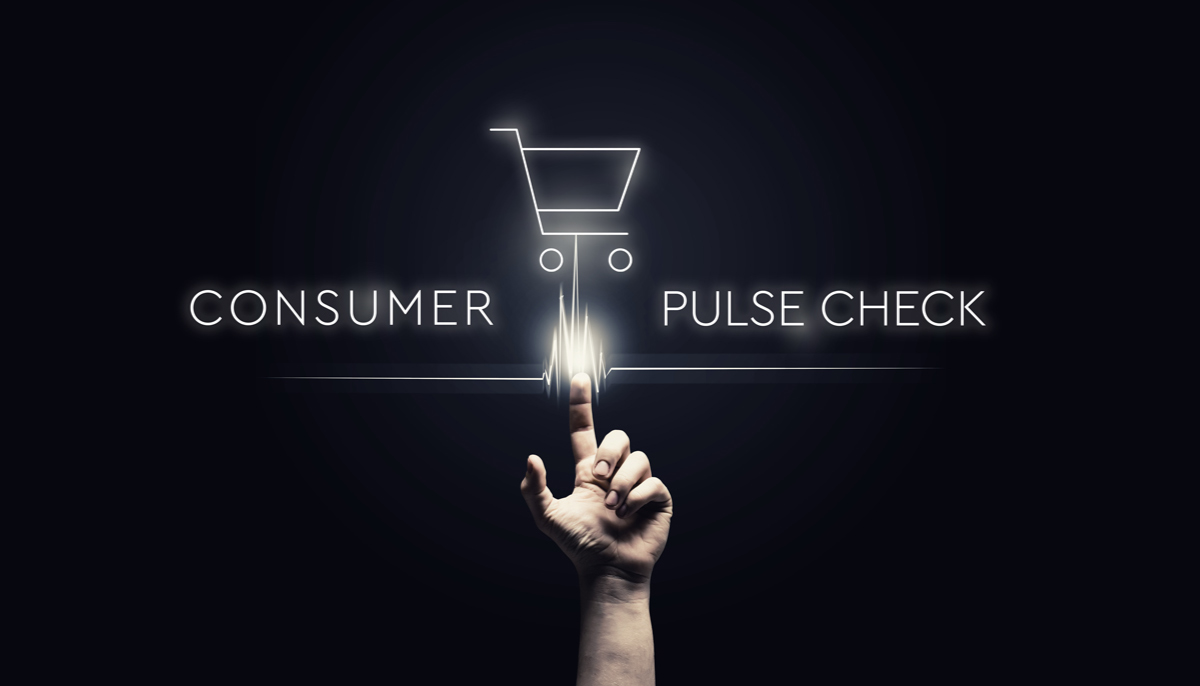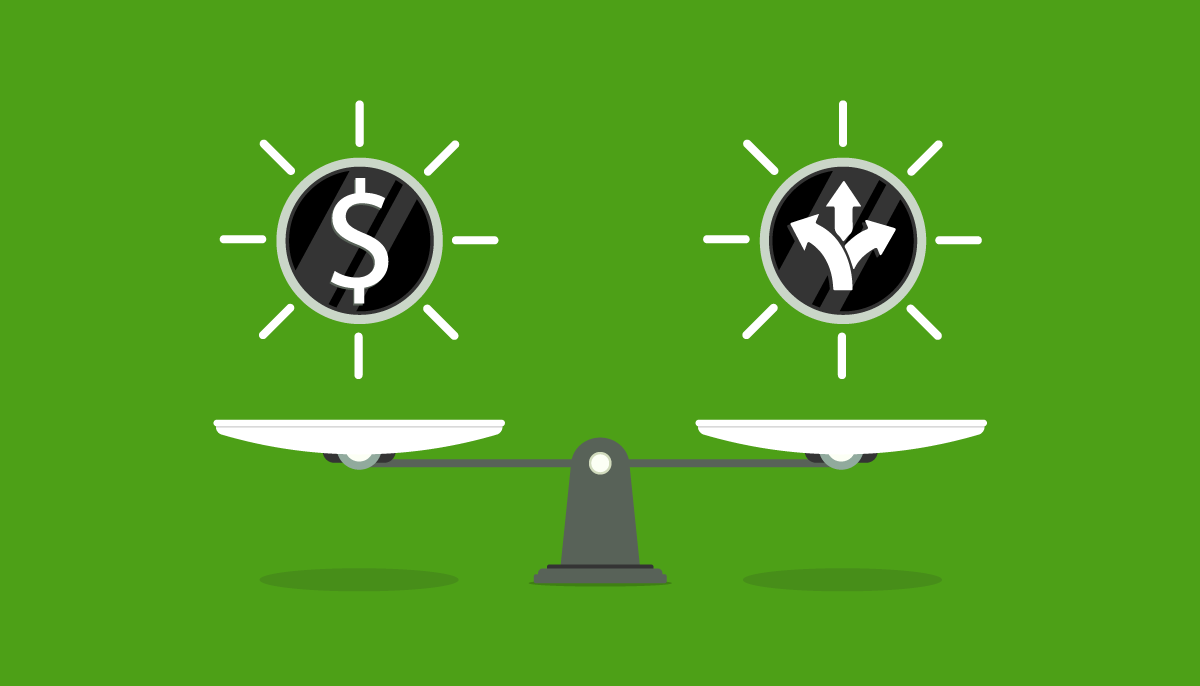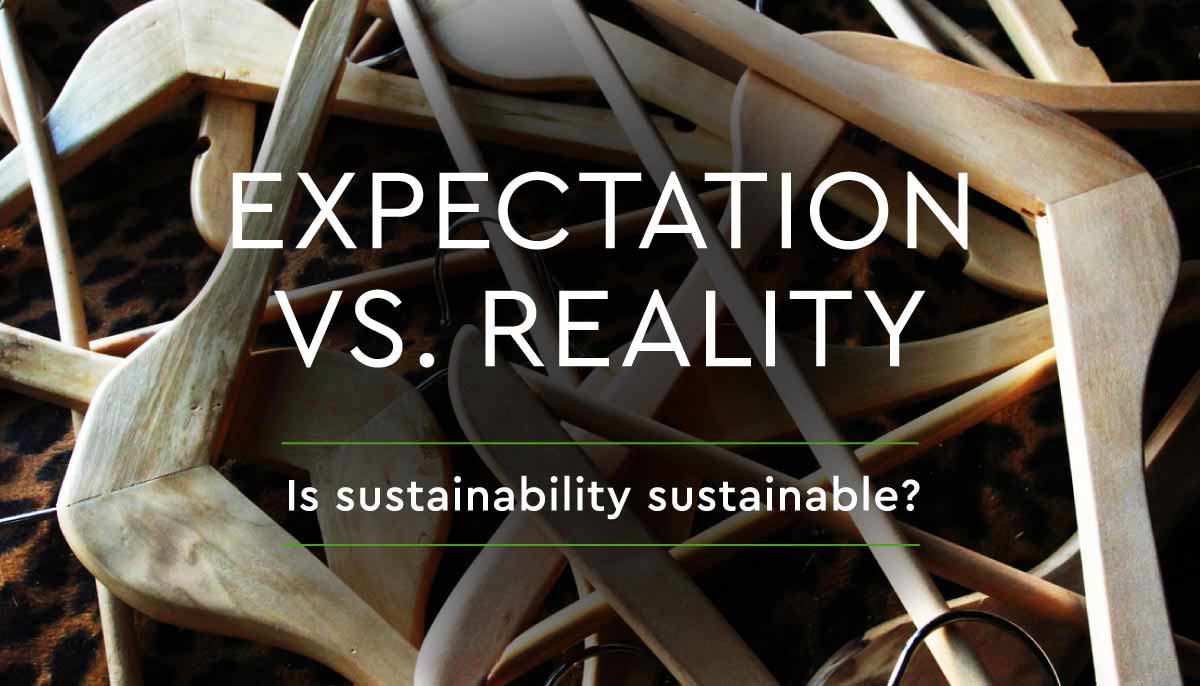
Sustainable Packaging Trends – What Does the Conscious Consumer Want?
Current Sustainability Trends Influencing eCommerce
With more focus than ever on the climate crisis following the COVID-19 pandemic, sustainability continues to be a hot topic. eCommerce retailers and brands overseeing the packaging of thousands of items a day have a responsibility to ensure they are getting it right. So, what do customers expect when it comes to sustainable packaging options?
The Conscious Consumer
According to our research, consumers have come to expect sustainable packaging – now more than ever. Too often, customers order products online only for them to arrive in a box three sizes too large, or perhaps with an absurd amount of plastic packing material. These are the things consumers notice, and they aren’t impressed.
What Does This Mean for Retailers?
Brands and retailers have an excellent opportunity to win over existing and new customers with a clear commitment to improving eco-credentials. Whether that is by using less packaging, or just being clever about the packaging they do use, we can expect to see retailers utilizing options such as right size packaging and exploring the ever-expanding innovations now available within the eCommerce world. We’ve even found that overhead costs can often be reduced too – win-win.
So what influence is the conscious consumer having on current packaging trends? Well, a big one! We have seen a great deal of change in recent years, and that is only growing – moving forward you can expect eco-friendly packaging to become the rule, not the exception.
Branded and sustainable packaging
Something that has perhaps held brands back from going fully sustainable with their packaging is their own branding — will they still stand out and will the prestige of their brand still be visible?
PFS clients are given the option of branded packaging, made from recycled materials. This is an elevated service as opposed to other providers who simply ship every brand in the same box, no matter who the brand is. Companies become more interested in the sustainability angle when they realize that consumers can still receive a deluxe service — recycled packaging has shed its reputation for being plain.
While PFS can provide recommendations around sustainability, clients are more frequently posing the questions around sustainable packaging materials before we have a chance to bring it up. This shows that the environmental message is getting through and well-known brands are beginning to make visible and impactful changes.
Reusable and Returnable
One of the most sustainable things online retailers and brands can do right now is replace single-use packaging, ‘reduce, reuse, recycle’ as the saying goes.
Reusable packaging is made to last. Sturdy materials such as corrugated cardboard can be used many times before they need to be recycled, corrugated cardboard also degrades completely in just one year maximum. Not to mention, due to being strong and stackable, corrugated cardboard is also making delivery trucks more efficient – as they can pack more items into a single trip. In the UK, New Balance is packaging their goods exclusively in corrugated cardboard boxes. In fact, they currently order between 40-60,000 corrugated cardboard boxes every six weeks, and all from a local supplier.
As far as returnable packaging goes, this is still a relatively new idea, but some brands are really making it work. Take for example sustainable California-based fashion brand Toad&Co. They have partnered with LimeLoop to produce vinyl packaging that can be easily posted back to them with a free shipping label, those vinyl mailers can sustain an impressive 2000 uses!
Compostable and Biodegradable
If packaging can’t be reused, making sure it’s compostable or biodegradable is a great alternative. Some retailers are printing the composting instructions directly onto their packaging, making it easy for the customer to know what to do, and ensuring their packaging isn’t contributing to landfill. Biodegradable products break down naturally, whereas compostable products need a specific environment, such as a garden recycling bin.
Paperfoam is one company investing in these options, their innovative packaging design ticks pretty much every box, being recyclable, compostable, and even moldable to exact product sizes.
Recyclable
Recyclable seems like an obvious one. Hasn’t recyclable packaging has been around for a while? It has, to an extent. But often, cardboard packaging is wrapped in non-recyclable tape, or filled with plastic bubble wrap. It is important that brands make it clear to customers which parts can be recycled, and which can’t.
There are many misconceptions too, when it comes to recycling, especially when packaging is made up of more than one component, consumers don’t want to spend time figuring that out. Curbside recycling is the most popular option, as it is the easiest for the consumer. Companies like Terracycle are taking on the challenge and making sure there are recycling options for pretty much everything, helping to keep those pesky mixed materials out of landfill.
QR Codes
Once a relatively unknown piece of technology, the humble QR code has now made deliveries and returns streamlined and efficient. Sustainability-wise, the QR code eliminates the need for paper printouts and labels, and tech-wise, it’s the perfect vessel to provide product information, instructions, etc., all just by scanning a code with your phone.
QR codes simplify the returns process for the customer too, simply repackage and take to a drop off point or locker, scan the code and off you go. Brands can also place a QR code that leads to recycling instructions for their packaging, saving space and ink on the packaging itself, and making it as easy as snapping a photo for the consumer.
Less is Less
Ultimately, using less packaging is one of the easiest and most sustainable moves that online retailers and brands can make. At PFS, we call this ‘right size packaging.’ It’s simple, and it works! Not only does right size packaging eliminate excess waste, but it’s more cost effective.
Alongside right size packaging, we are now implementing new technologies that allow us to take that one step further, with exact size packaging. By creating packaging that 100% fits the product, you not only save on materials, but in terms of carrier costs — less space is required, so a single truck can transport more boxes. You need less raw materials to pack the products, which equals less storage space needed at the distribution centers.
Brands will notice there is less damage during transportation, resulting in fewer returns. Less returns are also a sometimes-overlooked benefit to the environment. Around 20% of online purchases are returned, resulting in higher emissions of greenhouse gases, and often returned items don’t even make it back into stock rotation.
Brands should expect their 3PL’s to offer eco-friendly options and alternatives. Contrary to stereotype, environmentally friendly doesn’t mean it can’t still look polished.
If you’re looking for a partner who can help you prove your eco-credentials while keeping your brand front and center, PFS has a solution for you. Get in touch today!


